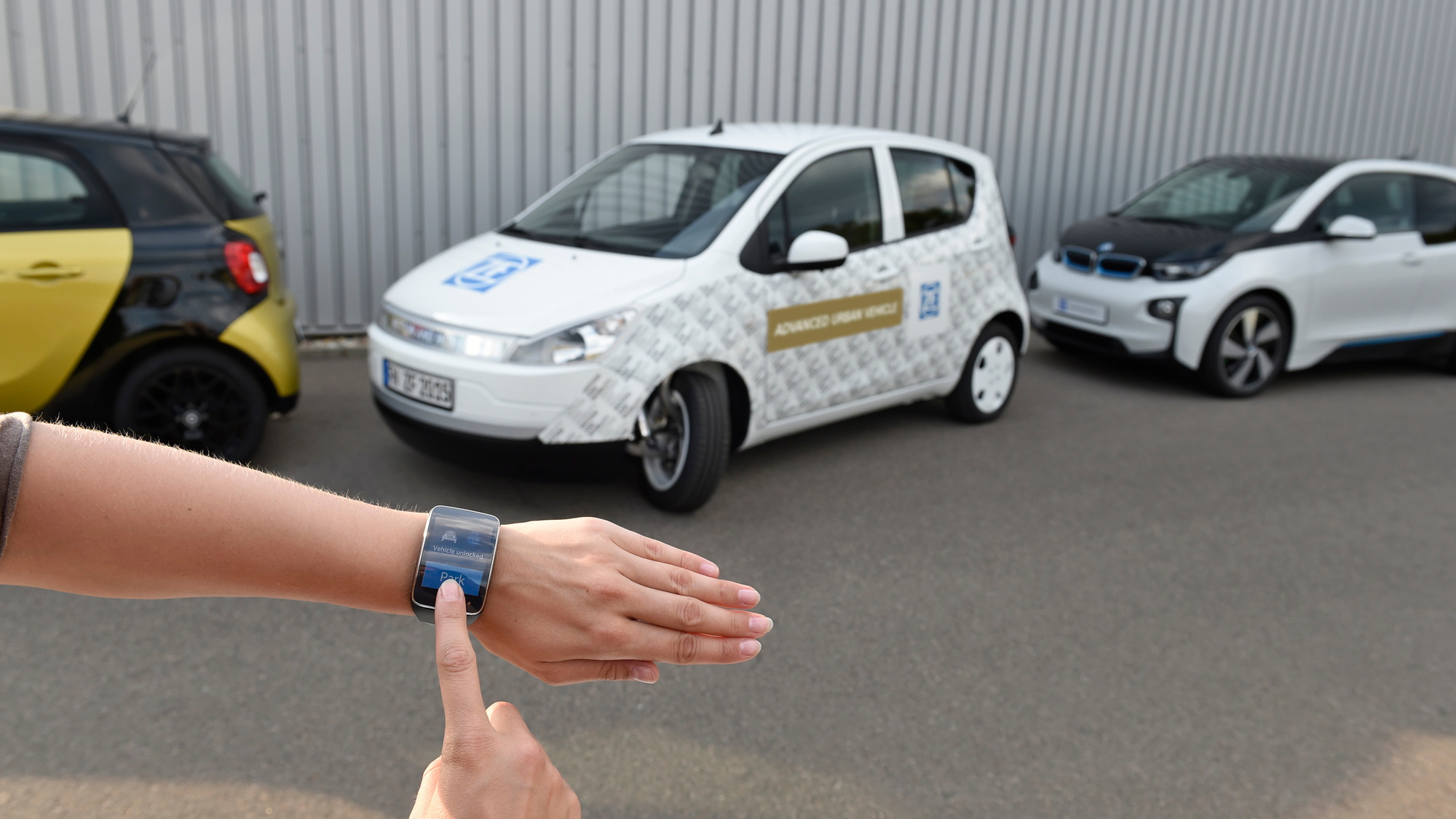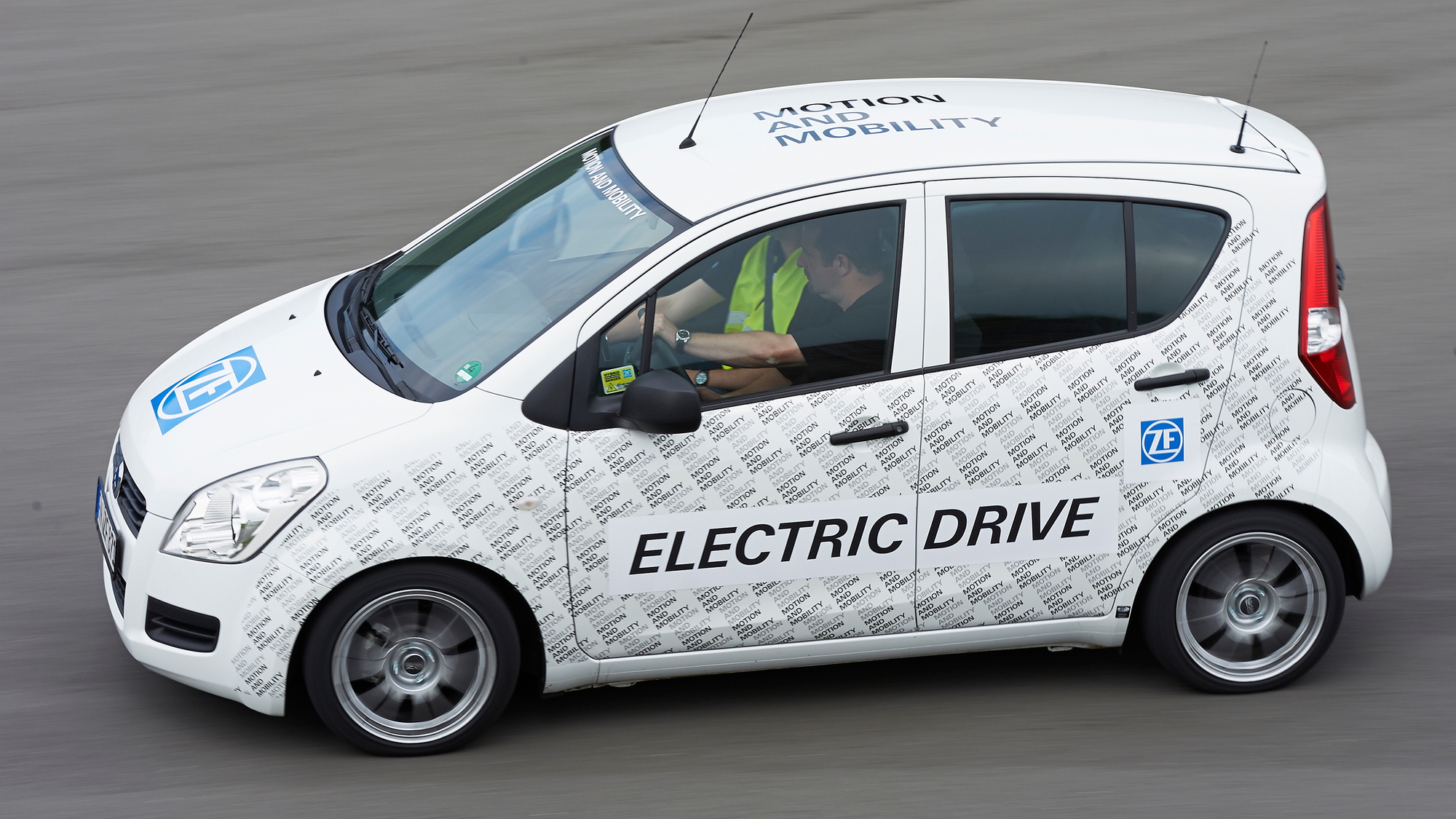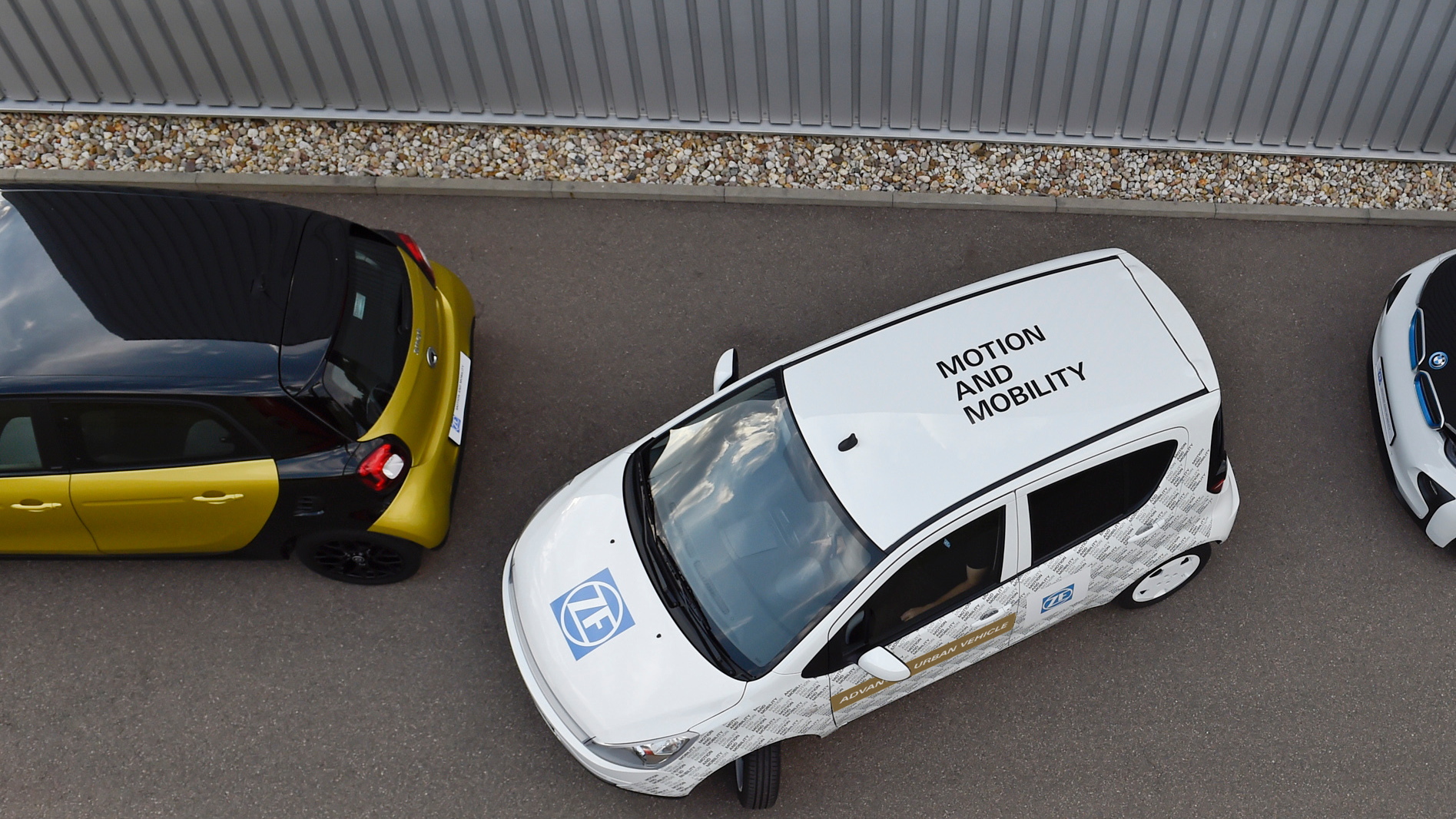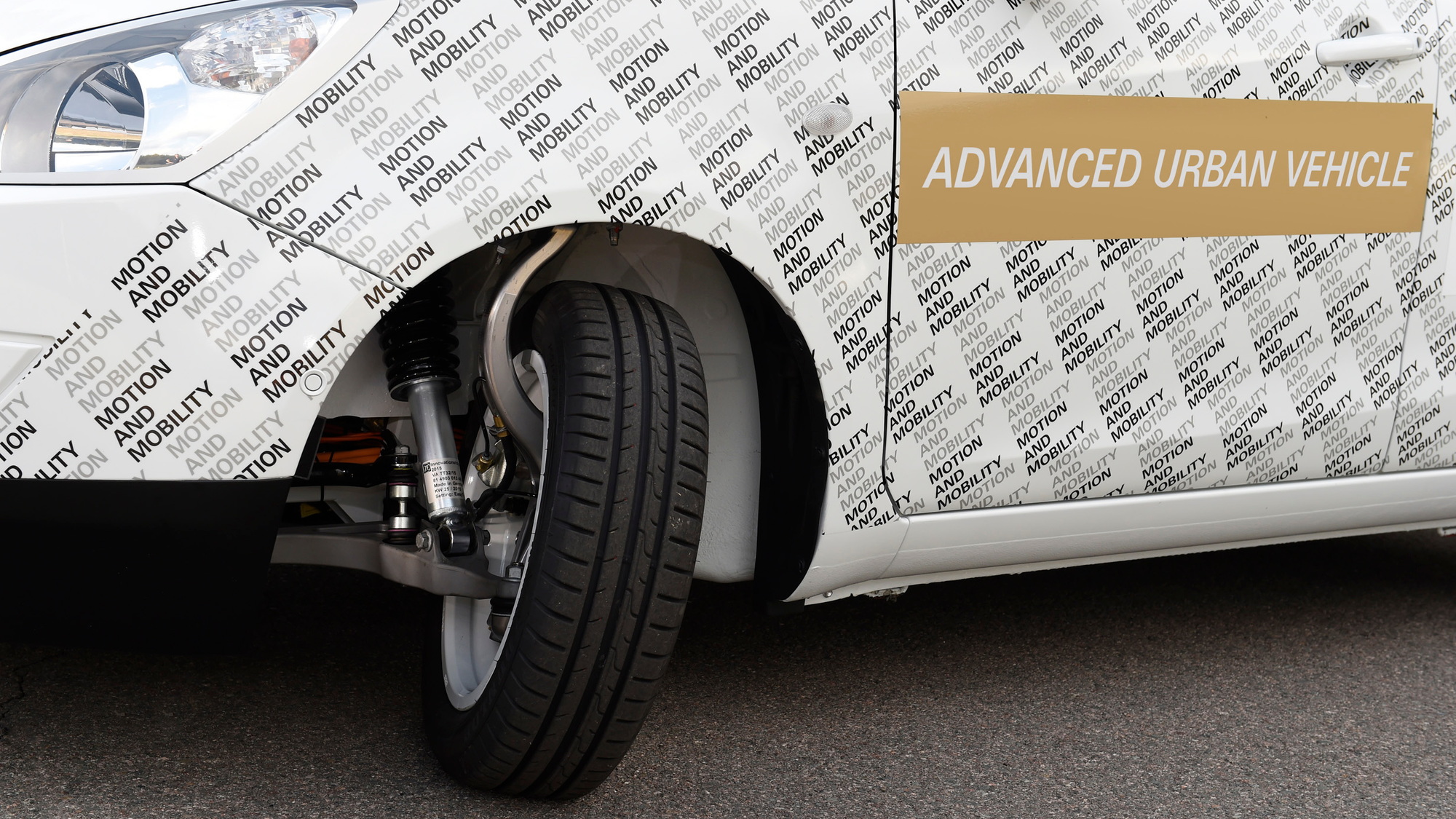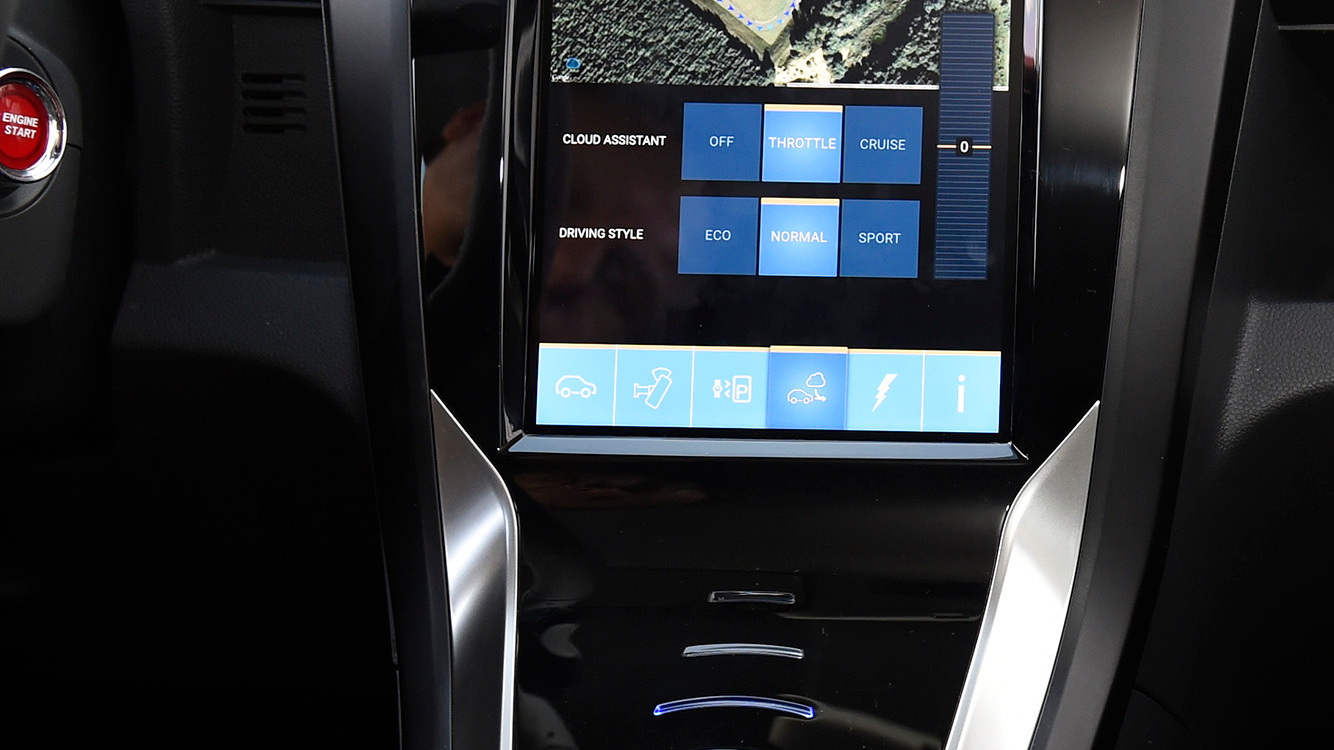It’s been nearly ten years since Lexus introduced to the U.S. market a system through which its big luxury sedan, the LS, could park itself.
Since then there have been many luxury models, and even some relatively inexpensive mainstream models, to adopt versions of such a system, which sizes up a parking spot and does the steering as you modulate the brake pedal (and sometimes the accelerator).
They’re proving to be more than gimmickry, too. In a test of several models with park-assist technology last fall, AAA found that the technology is very good, and consistent.
ALSO SEE: How turbocharger wastegates work
The organization found that there were 81 percent fewer curb strikes with assistance versus without it, and that parallel parking was involved 47 percent fewer maneuvers than drivers who were unassisted by such systems (often one maneuver versus two or three for manual parking).
The systems proved faster, too, as they were able to park a vehicle about ten percent faster than unassisted drivers.
Now we’re on the verge of such systems graduating to their next level: by parking without your input to the pedals—and even without your presence in the driver’s seat.
You can Summon, but only in private
Tesla Motors currently offers a Summon feature for its Model S and Model X, but that feature only allows these vehicles to move staright backwards or forwards—for getting into or out of a tight garage space, for instance. That feature is also only intended for private garage situations, not public parking.

Consumer Reports tests Tesla Model S
To make such maneuvers in public, the laws simply won’t allow it at present. Even in states that allow Level 3 and Level 4 autonomous testing (meaning the driver cedes most or all control to the vehicle)—now including California, Nevada, Michigan, Florida, and D.C.—the operator has to be in the driver’s seat when the vehicle is in active lanes on public roads.
That seems like quite the stepping stone to having a vehicle you can simply call or dismiss at will, much like KITT on the 1980s TV show Knight Rider. But for systems that allow you to truly do that, and park your vehicle anywhere remotely, in or out of sight, it could be a while.
CHECK OUT: FreeValve camless engine shown in Qoros concept at 2016 Beijing Auto Show
“Today, systems that assist the driver in parking the car require the driver to monitor the situation from inside the car, so he’s still in ‘control’ and ready to take over if necessary,” said Russ Rader, spokesman for the Insurance Institute for Highway Safety (IIHS). “As parking systems get more and more autonomous, the driver’s level of ‘control’ will be heavily dependent on the facts.”
For example, the question then becomes: Did the driver merely push a button and let the car park, out of sight or assuming no observation was needed; or did he or she have a greater level of control?
It’s anticipated that the National Highway Traffic Safety Administration will help the states along on some of this, as part of driverless-car guidelines to be issued this July. And the involvement of Google and its massive lobbying efforts has spurred progress over questions of safety and liability as they apply to city details, like parking, and all the ways the technology could play out.
Pick up your remote and park
Last summer, ZF teased what some of those possibilities might be like—in two different systems for its Urban Mobility Vehicle. One of them allows the vehicle to identify a potential parking space; you then give approval with your smartphone or smartwatch, initiating the parking or summoning the vehicle out from its spot.

ZF E-Bobility Advanced Urban Vehicle - Germany, 2015
The second system allows you to use a tablet interface to actually steer the vehicle, remote-control-style, into a parking spot, provided you’re standing within about ten feet of the vehicle.
That system uses multi-channel wi-fi communication with the car; and if it loses the signal for any significanrt amount of time, the process simply stops. ZF engineers say that they’ve tested the system in a wide range of conditions, such as within parking buildings, and it rarely happens.
We’ve tested the ZF system (Bosch is working on a similar one), and while we found the idea of piloting an entire car the way we might pilot a small radio-controlled model, or a drone, is intimidating at first, there are a number of safeguards that work with active-safety systems and prevent you from making costly, injurious mistakes if you flick your finger too quickly, or drop the tablet.
ZF anticipates that within ten years, most people will be able to stand outside of a vehicle and park it from there.
Here in the U.S., it’s all dependent on how quickly the laws might change—and exactly how and when, in the future, we’ll be passing the baton of responsibility between the driver and the automaker.
_______________________________________
